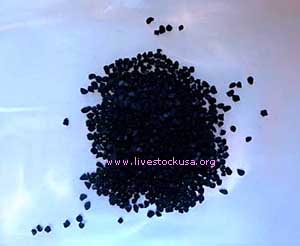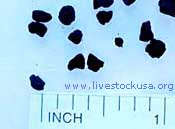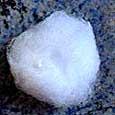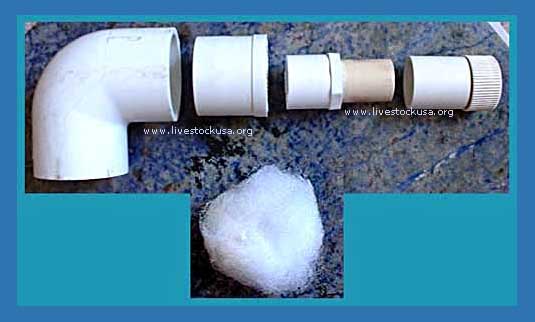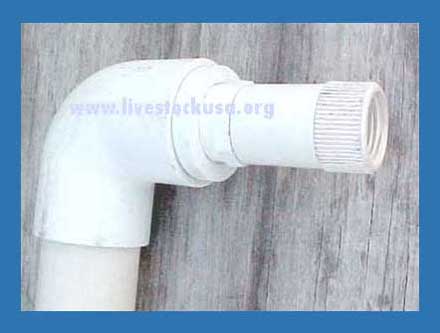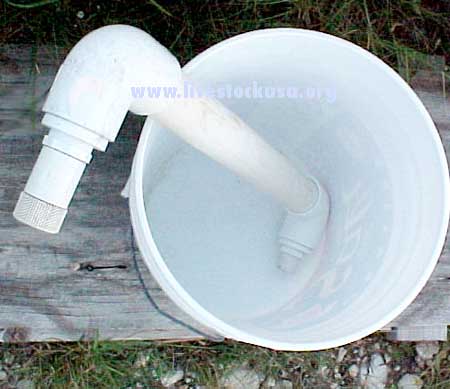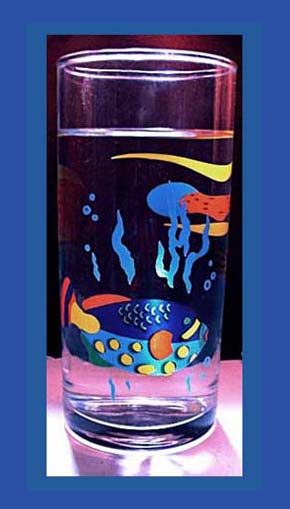by birdfish
Well it's not really free, but close to it, and you have to build it.
But it is so easy, cheap, and effective,
you can't do better without spending a fair
little bit of money. And, your per gallon cost
of good clean freshwater is a fraction of other methods.
It can be built in an hour for less than $20 and
produce absolutely aquarium grade, acceptable
freshwater for pennies a gallon.
First I'll rant about water filters in general for a moment.
Many people use De-Ionized (DI) or Reverse Osmosis (RO)
water for their salt mixing base freshwater.
For many people this is the only way to get good clean
water free of silicates, phosphates, and other things
you don't want to start with and that shouldn't be
in our dang drinking water in the first place!
Things you'll be buying stuff to remove later.
Both of these types of filtration are expensive to buy
and to operate (per gallon costs). DI is medical grade
sterile water. Not much like the ocean, would be my guess.
In essence, you add everything to it to "re-constitute"
or fix it back up after the process for use.
RO likewise is very sanitized mineral and element free.
Being a low-tech guy they seem "too clean" in some ways
for my tastes, compared to nature. Yes it gets all
your metals out, and then some, but is it the necessary minimum?
I have kept freshwater and saltwater fish for decades,
on the east coast, the west coast and in the central U.S.,
with neither of the above systems, so therefore would
say they are not absolutely required for success everywhere.
If you live in an area with really bad water, they might
be the only way though. They have their place, where
the water is bad for fish. Then you probably shouldn't
be drinking it either !!
For many people their water is simply not THAT bad to
begin with that it must be surgically molecularly altered
to clean it up. For them, there is an easy, cheap, and
very effective way to make your own clean base freshwater
for mixing without spending a fortune, and that is what
we want to share with you.
Here is a simple design idea for a water filter that will
give you "glacier melt" grade, pure water.
